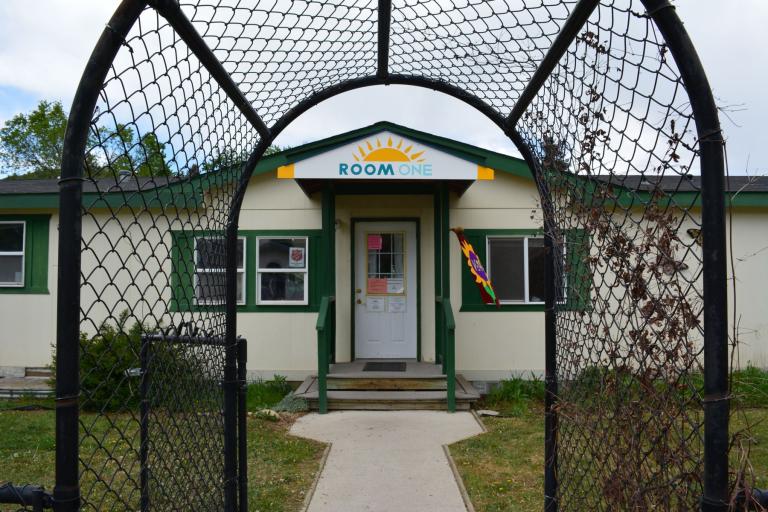This is a story about teens having sex, which is something I know you don’t want to think about. Teen sex is fumbling, furtive, and in some cases, forbidden — but it’s just going to happen! It always has, it always will, and at the end of the day, it’s really not a big deal — as long it’s done safely.
Which is where, sadly, we actually start to run into trouble.
This is a story about forward-thinking programs that are really, truly helping teens have safe sex — and how it’s a lot easier to run them in big progressive cities than in little rural towns.
[grist-related-series]
The United States has one of the highest teen pregnancy rates in the world, and the highest of all industrialized countries — 57 pregnancies (34 births) per 1,000 teens each year, according to one recent study. For perspective, these are higher than the estimated teen pregnancy and birth rates for Kazakhstan, Moldova, and Mongolia. And — what should seem a fairly “duh” fact — 82 percent of teen pregnancies in the United States are unintended.
It’s not all bad news, though – while the teen pregnancy rate in the U.S. is high, it has been halved since 1990.
Rural girls, however, are being left behind. The teen birth rate in rural U.S. counties is 30 percent higher than the national average. Between 1990 and 2010, that rate in urban and suburban counties dropped by 40 and 49 percent, respectively, while the rate in rural counties only dropped by 32 percent.
To try to understand the disparity between reproductive health care for teens in urban and rural areas, I visited two health clinics in Washington — one in Seattle, one in the remote town of Twisp.
Washington, relatively speaking, is high on the spectrum of American reproductive health. On this year’s Population Institute reproductive rights report card, Washington was one of just four states to receive an “A” grade. That means it is above and beyond most of the country when it comes to access to reproductive health services, sex education, and state funding for family planning clinics.
A truly important way in which Washington is better than most is its state law dictating that girls can receive reproductive health care at any age without consent of their parents. That’s critical, because having sex as a teenager is an inherently clandestine thing — no one wants their parents to know what they’re doing in cars and wooded parks.
But actually getting access to that reproductive health care is another matter — and it depends a lot on the kind of community where you live. That became very clear when I met with teens and health practitioners in the state’s most urban county and then its most rural.
Next: We visit a high school clinic where students can get out of class to get an IUD – and bring their whole gymnastics team along with them, if need be.



